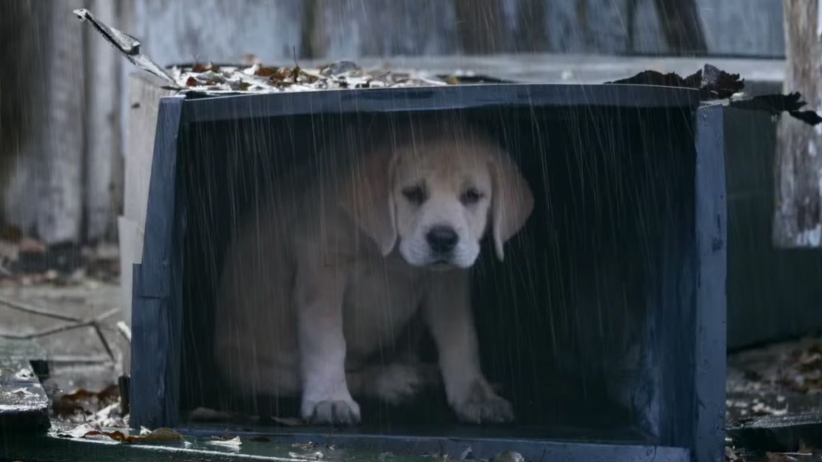
Last weekend’s Super Bowl was as much an occasion for marketers as it was for sports fans: While the football heavy-weights duked it out for the coveted Lombardi trophy, big brands and challengers alike went head-to-head in those widely watched primetime ad breaks.
Related: The Conclusion to This Super Bowl Ad Was Deemed Too Controversial for TV
The huge, passionate and engaged audience the Super Bowl atttacts is a prize worth fighting for, and it’s no surprise that the accompanying price tags for commercial slots continue to climb each year. For this year’s event, 30 seconds of airtime was on offer for a reported $5 million — so those advertisers that did take the opportunity were likely aiming to make every second count.
Unlike the on-field action at the game, however, the score line for ad effectiveness can be harder to judge.
Share of voice, or share of thought?
Given the size of these investments, it’s no surprise that Super Bowl campaigns are usually designed to score an elusive viral hit, to make those ad budgets go further. But some of the most commonly used methods to make that hit can come at the expense of the brand itself.
Previous Super Bowl success stories typically relied on big emotional moments or comedy to encourage audiences to engage with the ad beyond that one 30-second spot. And that sounds like a good strategy.
But, in practice, brand messaging can be pushed out of the picture as our brains follow the story, the jokes or the emotional rollercoaster and completely miss the brand messages, particularly if they appear at the end.
The upshot of this is typically a very expensive piece of entertainment content which fails to provide much benefit for the company itself. Here are some examples:
Budweiser and the lost brand
We found this effect with Budweiser’s 2015 ad, Lost Dog, which introduced the world to the brand’s famous puppy mascot and melted hearts around the world.
While it was hailed as the ad of the game, and generated a lot of Twitter activity, the brain response measurements we conducted (see chart below) showed that viewers didn’t strongly encode the brand itself into their memories.
Memory encoding is a crucial means of measuring ad effectiveness. After all, if a brand isn’t stored in…

